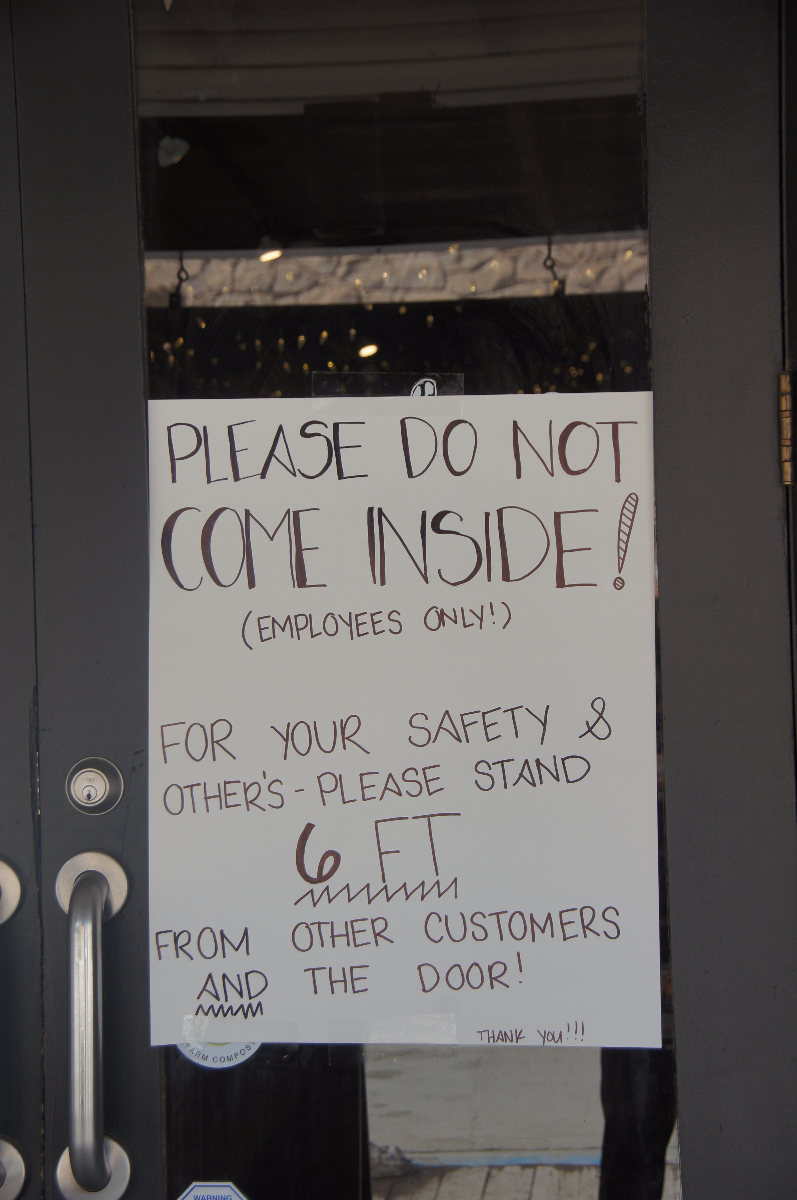My earlier posts were mostly about ways to analyze the evolution and spread of Corona as what Mauss called a “total social fact” ([1923] 1967).
I will now focus on the moments of encounter with Corona that are but an instance of any encounter requiring further action by those made to participate. What is it that can happen, next?
Most simply, to any statement requesting action the response can be:
- . Yes!
- . No!
- . Let me think about it! (Play with it, dissemble about it, undermine it or build it up outside the box set up by the statement)
The classical case I generally use when teaching about what makes a classroom a classroom (building on Mehan 1979) involves the question “what time is it?” To this question, human beings have been documented to respond with such statements as:
- . “it’s 5 o’clock”
- . “it’s my watch, man!”
- . “it’s not time yet.”
- . “time to go to bed”
These responses are themselves statements allowing for, or requiring, a further response. All sorts of these second responses (in a third step) have been documented. Famously, the first response can lead, in a third step, to such statements as “Thank you!” or “Good (for being able to read a watch)!” In each case, the statement reveals and constitutes broader constraints, whether polite encounters with strangers in the street, routine encounters between teacher and student in a classroom, or possibly tense interactions when some decide that one has “screwed around” and need specific “instruction” (Garfinkel 2002: 257).
Yes/No/Perhaps to a request for action can be considered here as a model that can guide further investigation into what can happen when one is told “close your restaurant”
Three ethnographic vignettes (about closing restaurants):
March 16, 2020: I drove off US2 in North Dakota for lunch. Near the highway, I found the kind of dinner in which parking lot pick-up trucks predominate. I had the usual meal. I overhead men talking about Corona: “I heard that they did in … “ “Trump said….” “I read somewhere ….” As I was getting ready to leave, a lady entered the restaurant whom I recognized not only phenotypically, but through dress, hair style, etc., as a “nice” professional woman of the American Middle West. She started explaining to the dinner’s manager what changes needed to be made to the tables, what steps needed to be taken to sanitize the restaurant, and other matters related to the “virus.” She was pleasant, smiled, while the manager, the servers, and the cook, looked worried. Eventually the manager asked “are they going to close us?” To which the woman responded “not yet but we expect the decision to close to be made later today. We take our orders from above.”
[comments: what I overheard triggered what I eventually wrote in my post about education into Corona]
[comments: note the ‘they’ and the ‘we’]
March 17, 2020: Lunch in Montana: restaurants are open but, at some point during the meal, I heard a conversation between a worried manager and someone on the phone. She was explaining that she had spread out the tables and was leaving one empty table between the people she seated.
[comments: this conversation implies earlier conversations about steps to take]
 March 18th, 2020: I entered Jackson, Wyoming, and found that all restaurants had been closed.
March 18th, 2020: I entered Jackson, Wyoming, and found that all restaurants had been closed.
[comments; If the same decision had been taken in North Dakota and Montana, then all the people I saw were laid off and had lost their salary.]
In middle March, Corona was spreading through the Middle West. People worried as they had to face a radically transformed economic landscape. They had to sort out what to do next and particularly whether to consent or resist (perhaps, in the United States by asking a judge whether the order to close was constitutional).
I have not interviewed any one about the sequences of what conversation analysts might call “turns” that might be investigated as “life histories” of encounters with Corona. I have participated in conversations. Some about what to do next (“Is it really necessary to wear a mask in this particular situation?”). Many were interpretative (“what do you think of this newly published statistic?” “Aren’t you sick of this shit that’s going on”). On this basis, I’d say that my main interlocutors (via email and some Zoom) appear to consent to the restrictions. They say ‘yes’ to confinement. Almost all of them, particularly university professors, are secure financially, as well as their kin. I do have some kin whose response might be summarized as “Yes, but … maybe things are not so bad as ‘they’ say…” or “closing cemeteries is strange.” In recent days, it has been reported that there may be many people who say “no” publicly. This public resistance may even lead to further responses by governors. It may also lead to some who said ‘Yes’ to move to ‘No’.
We need many more reports and I hope anthropologists will soon start reporting more systematically what some people, here or there, did, with what resources, and with what consequences on themselves, their kin, and others around them. I imagine that both consent and resistance took many forms and keep evolving as the people face new information, new instructions, new forms of discipline.
In brief, all encounters with a constraint (statement, decree, remnant of earlier statements and decrees) will involve some sort of bricolage.
References
Garfinkel, Harold 2002 Ethnomethodology’s program: Working out Durkheim’s aphorism. Lanham, MD: Rowman & Littlefield.
Mauss, Marcel [1923] 1967 The gift.. Tr. by I. Cunnison. New York: W.W. Norton.
Mehan, First 1979 Learning lessons: Social organization in the classroom. Cambridge, MA: Harvard University Press.
 Print This Post
Print This Post